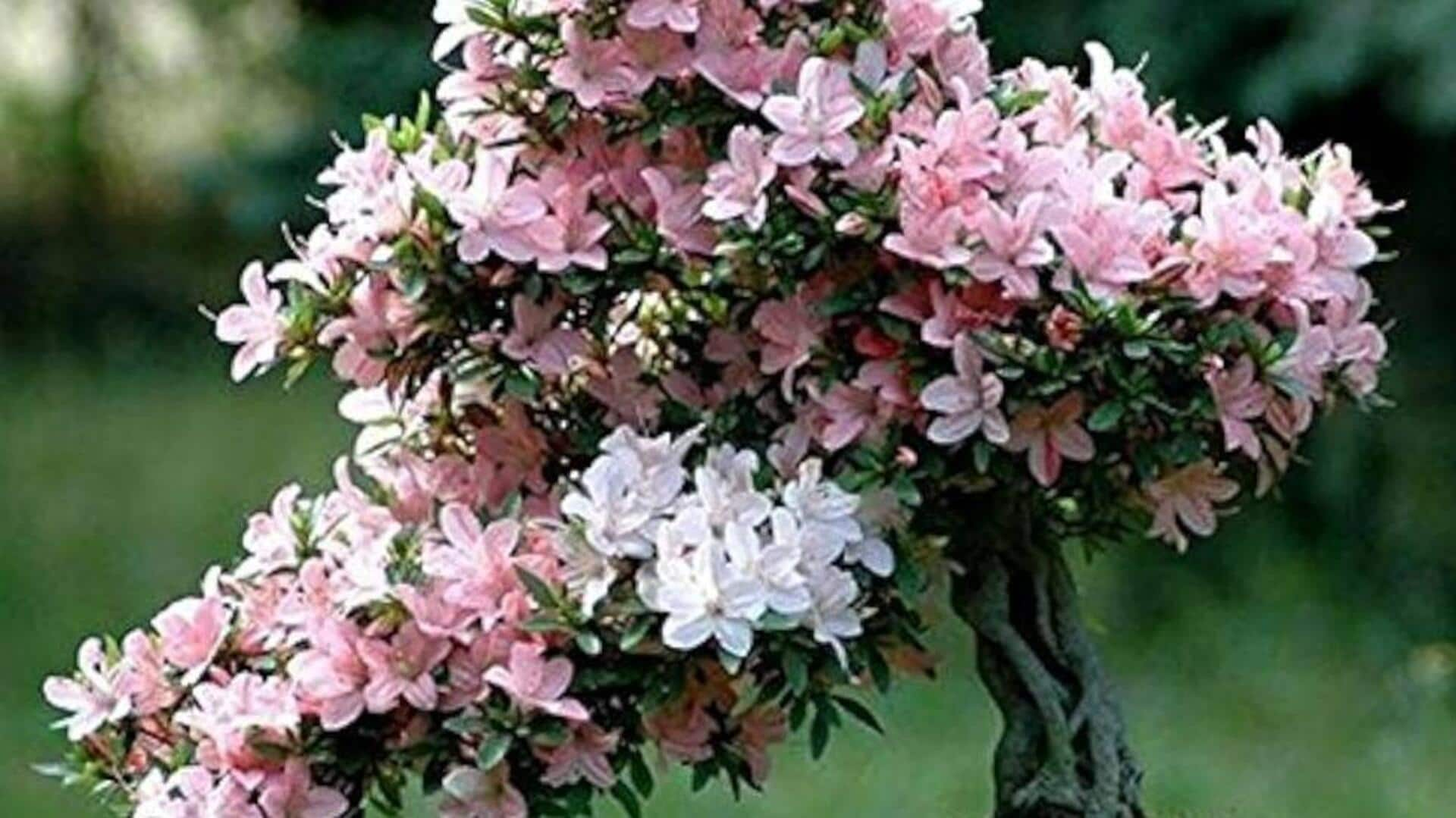
It's simple to grow cherry blossoms at home—here's how
What's the story
Cherry blossoms, with their ethereal pink petals, are the ultimate harbingers of spring and rebirth. Native to Asia, these trees have captivated gardeners around the globe. Growing them successfully, however, requires understanding their needs for sunlight, water, soil type, pruning practices, and pest management. This article provides five crucial tips for ensuring your cherry blossoms flourish, creating a breathtaking springtime display.
Location
Select the right location
Cherry blossom trees love the sun! They need at least six hours of full sun each day to grow and bloom their best. Picking the perfect spot is key! Plant your tree somewhere it can soak up the sun without getting battered by strong winds. This way, your tree gets plenty of light without the risk of losing its beautiful blossoms or branches.
Watering
Water wisely
Adequate watering is crucial for cherry blossom trees, particularly during their initial three years post planting. They need approximately two inches of water on a weekly basis. Just be careful not to overwater as it can cause root rot. In times of drought or extreme heat, up the watering a bit to help the tree stay healthy and vibrant.
Soil
Soil and fertilization
Cherry blossom trees prefer well-draining soil with a pH level between six and seven, which is slightly acidic to neutral. Before planting, test your soil's pH and if needed, adjust its acidity or alkalinity with sulfur or lime. To promote healthy growth, apply a balanced, slow-release fertilizer annually in early spring. This focuses energy on blossoms rather than excessive foliage.
Pruning
Pruning practices
Pruning is essential for maintaining the health and desired shape of cherry blossom trees. The best time is late summer, after blooming, to prevent accidentally removing next year's buds. Remove dead or diseased branches and any that cross over others, which can cause damage. This also allows light and air to penetrate to the tree's interior, promoting healthier growth.
Pests
Managing pests and diseases
Cherry blossom trees can be vulnerable to pests such as aphids and diseases including powdery mildew or cherry leaf spot. Regularly check your trees for symptoms of infestation or disease, including discolored leaves or sticky residue on branches (a sign of aphid activity). Treatments involve horticultural oils or fungicides used as per product directions, but always attempt non-chemical methods first, like manually removing affected leaves where feasible.